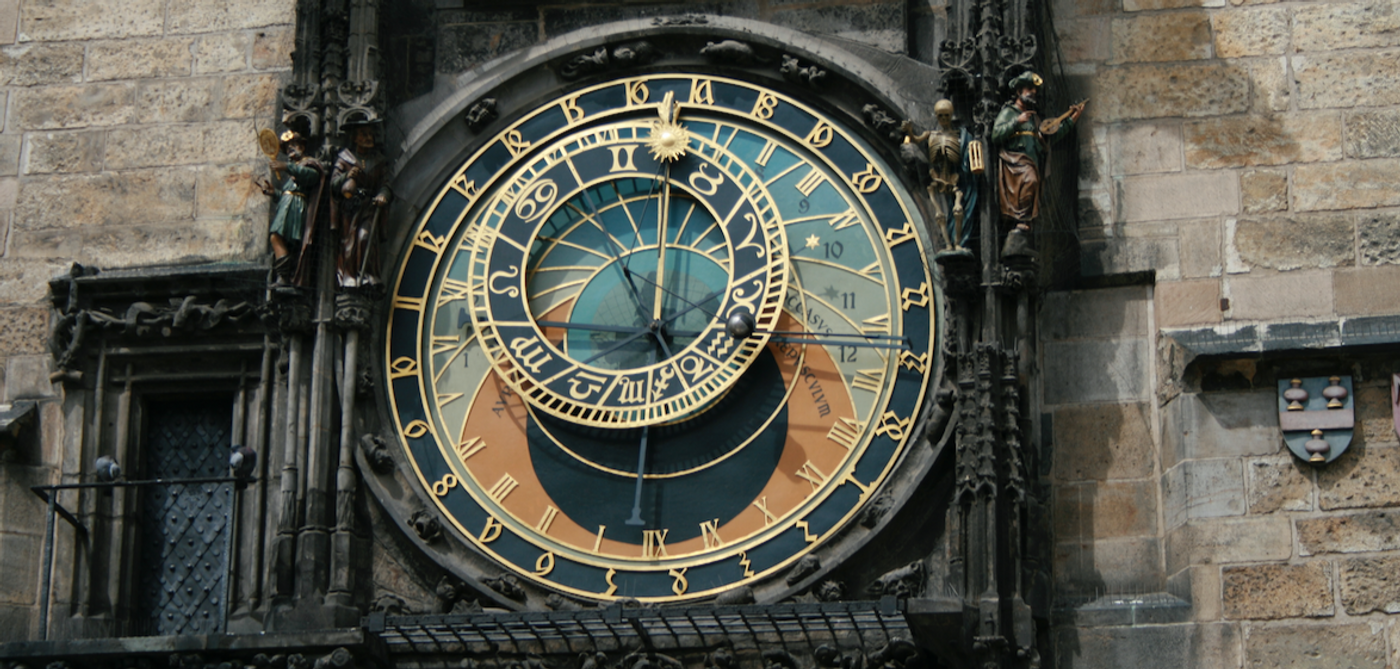The Health Risks of Daylight Savings Time Changes
Research has suggested that policies aren't considered successes or failures on the basis of their merits. Daylight savings time (DST) might be an example of that. On March 19, 1918, the Standard Time Act was made law, and was intended to save energy during World War I. It also created the US time zones. Other nations also implemented daylight savings, and though some have done away with it, over 70 still observe it. Does it save energy though? Research has been inconclusive.
Right now Arizona, except for Navajo Nation, and Hawai'i are the only states that don't observe DST. Some US states want to make DST permanent, and over 350 bills or resolutions surrounding various changes to DST have been proposed in legislatures since 2015.
Time will tell whether major changes are made to US DST policy. But research has suggested that there are potentially serious health implications for everyone who has to adjust to the change in time that comes with DST.
Our bodies have a natural daily cycle called a circadian rhythm. Studies have showed that going against that rhythm, such as through regular overnight work, can take a toll on health. DST has been associated with an increase in the risk of heart attack and ischemic stroke, and may cause sleep deprivation and associated problems, like difficulty concentrating. For an average adult, the time change during DST shifts will cause a loss of 15 to 20 minutes of sleep.
A 2020 study in Current Biology suggested that the rate of fatal car accidents increases around the time of DST. It reviewed data from 732,835 accidents that happened between 1996 and 2017. When the time of DST changed in 2007 from March to April, the risk moved too, giving the researchers confidence in their findings.
"Our study provides additional, rigorous evidence that the switch to daylight saving time in spring leads to negative health and safety impacts," said senior study author Celine Vetter, assistant professor at the University of Colorado at Boulder. "These effects on fatal traffic accidents are real, and these deaths can be prevented."
A 2019 commentary in JAMA Neurology said that some people can make a change in their circadian rhythm with little disruption. But others are more sensitive. For example, children with autism might be impacted for weeks or months, said co-author Professor Beth Ann Malow, MD, Burry Chair in Cognitive Childhood Development at Vanderbilt University Medical Center.
"People think the one-hour transition is no big deal, that they can get over this in a day, but what they don't realize is their biological clock is out of sync," said Malow. "It's not one hour twice a year. It's a misalignment of our biologic clocks for eight months of the year. When we talk about DST and the relationship to light, we are talking about profound impacts on the biological clock, which is a structure rooted in the brain. It impacts brain functions such as energy levels and alertness," she said.
Sources: Current Biology, JAMA Neurology









